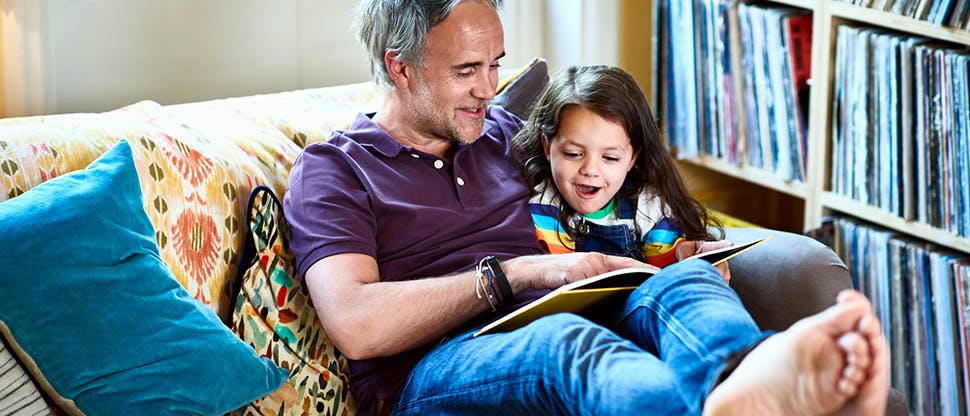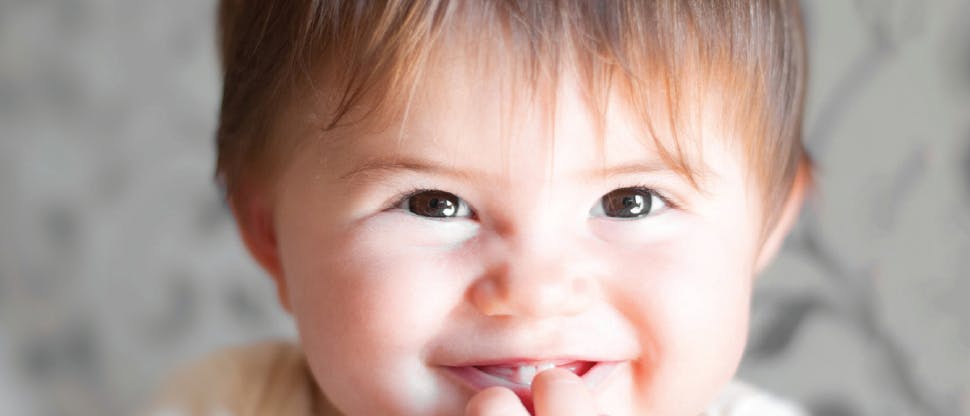Management of fever
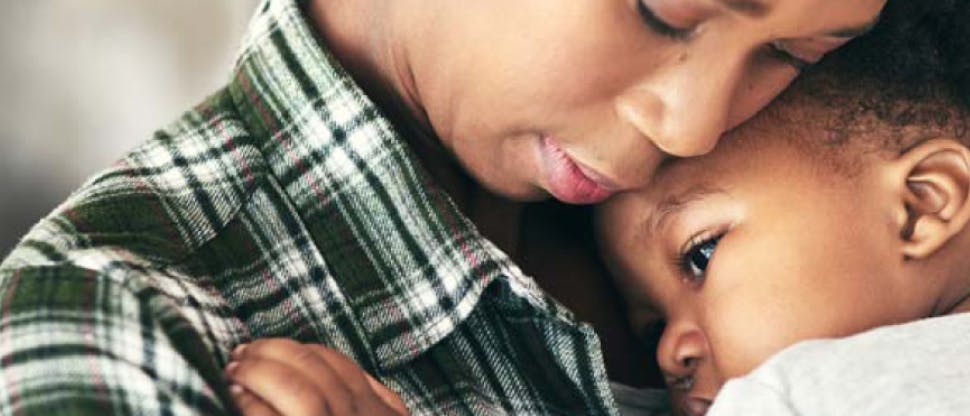
Fevers are usually treated when a child is in discomfort.
This applies to both children and adults. It’s also important to remember that fever is a sign that something else is going on in the body and that treating it does not treat the underlying cause of the fever.1,2
However, in children < 3 months old, a temperature > 38°C and other “red flag” symptoms should be seen by a doctor.2,3
Managing fever in adults

Assessment of fever in adults 2,4,5
To determine if a patient has fever, the most common route of taking a temperature in adults is a thermometer placed under the tongue (oral route).
If the temperature is > 38°C, consider that the patient is febrile.
Don’t forget to ask the patient for other symptoms to determine cause of the fever, “red flag” symptoms and if they require any other treatment recommendations other than medicines for fever.
Managing fever in children

Assessment of fever in children12,13
Temperature taken rectally is the recommended method of assessing fever in children up to 3 years old. For children older than 3 years, other methods of taking a temperature are orally (under the tongue), under the armpit or in the ear. However the later two are less accurate.12,13
As with adults, assess for other symptoms accompanying the fever as well as “red flag” symptoms that would require a referral to a doctor.12,13
Understanding fever
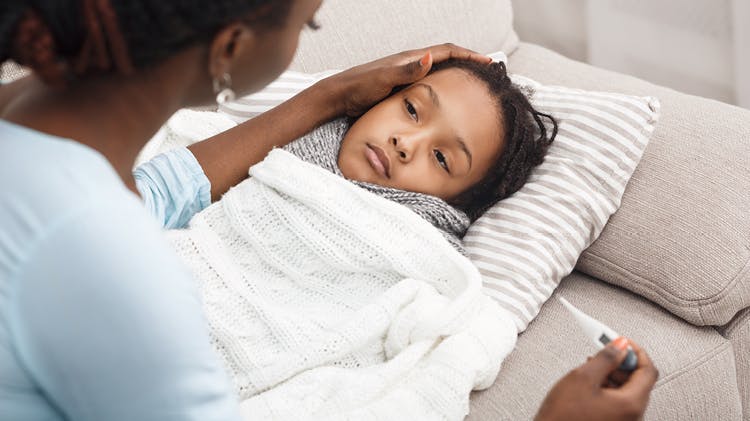
How do they present?
Refresh your knowledge on the signs and symptoms of fever and learn about “red flag” symptoms that indicate a referral to the doctor.
Learn more

The science of paracetamol
Learn more about paracetamol – the basics, its mechanism of action and more.

Managing children’s fever and pain
Tailor made for pharmacists, this tool is an excellent guide to help you manage children with fever or pain.
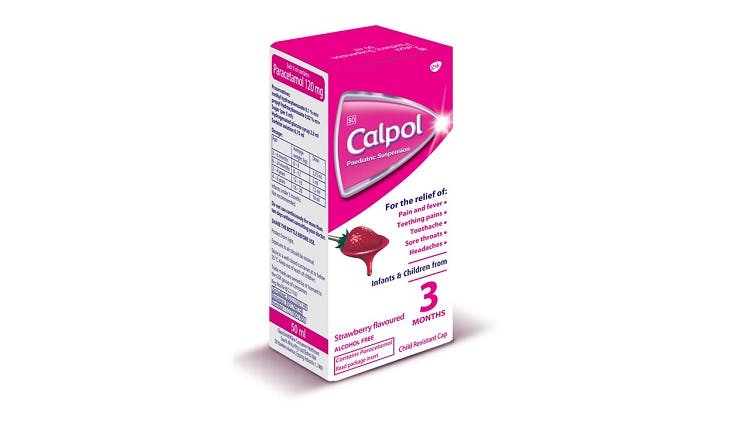
Managing migraines
Calpol paediatric suspension contains paracetamol, which is recommended as first-line treatment for fever and mild-to-moderate pain in children.2-4 It starts to relieve fever within 15 minutes of dosing.1,5-7

